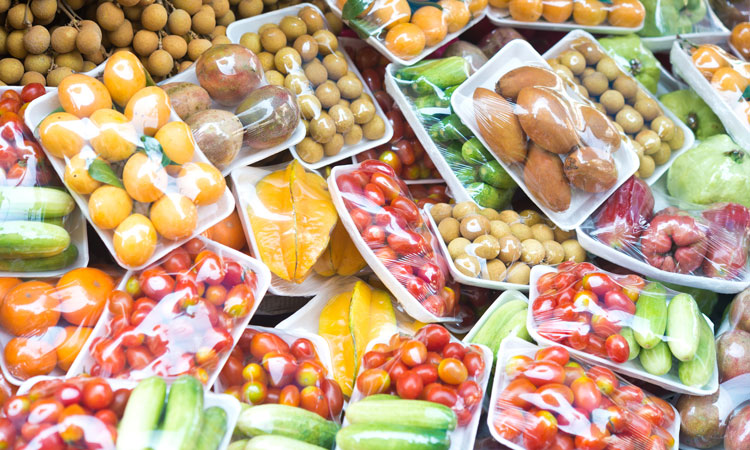

Nanotechnology has benefited from critical advances in recent research, aiding its application to the food sector. A new review article published in the journal energy discusses how nanotechnology has helped this industry address key challenges such as excess food waste.
These techniques have undoubtedly increased the effectiveness of food processing while also improving food quality and shelf-life. Currently, the focus in the global food sector is placed on providing food safety, biodegradable materials, quality assurance, and management for its many stakeholders.
Investments in global food security and supply chains are motivated by a desire to offer a balanced food supply with little waste, to protect public health, to prioritize consumer wants, to engage new technological developments, and, above all, to address existing food concerns.
Nanotechnology in Food is Vital
Without stabilizers and chemical preservatives, standard food items are susceptible to decay and have a limited shelf life. The goal of nanotechnology in the food sector is to be steadfast and give alternative answers to the challenges without deteriorating nutrition.
Refinements in food packing are a major concern; nanocomposites, antibacterial nano-packs customized with metallic ions, nano clay, metal oxides, and other natural polymers, are key components in engineering dynamic, adaptive, and biodegradable packages.
Such technologies are also helping to minimize packaging waste and are a key contributor to lowering packing demand. Developments in microfluidics detectors and nano cantilevers might determine the occurrence of active substances and biological-binding interface, while nano-tailored sensors such as electrical tongues and noses are utilized in the vital identification of food deterioration in packaged goods.
The addition of sensitive, precise, and consistent nanozyme-based detectors enhances the productivity and contentment in the preservation of food matrices. The use of nanomaterials in food manufacturing has resulted in a need for interactive food systems, giving customers the option of customizing meals depending on their nutritional needs and preferences.






